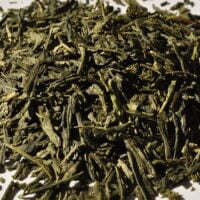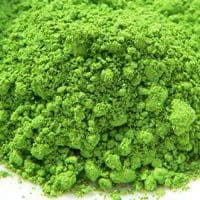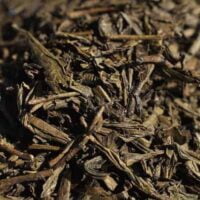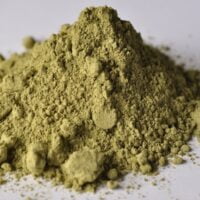Your basket is currently empty!
Japanese green teas
Japanese Green Teas: sencha, Bancha, Houghi Cha & Genmaicha.
Japan has a magnificent tea tradition. All Japanese teas are green. Generally four pickings per year. Bancha has characteristically straight, coarse leaves.
Others, such as Sencha, are more refined and have a more delicate taste, the best being made from shincha from the spring picking. The leaf has a characteristic needle shape.
The best loose Japanese tea is picked by hand, steamed and then dried over a charcoal fire. Many, being partially grown in the shade are especially healthy.
The first Green Japanese teas grown were originally from Chinese seed, planted by Buddhist monks in 805 AD. Tea in Japan is mainly picked using mechanical shears which gives the bushes, planted in long rows, their characteristic arched shape.
The most expensive loose Japanese green tea is still picked by hand.
Most Green Japanese teas are steamed for up to one minute. This has the effect of preserving the leaf’s rich emerald green colour and giving their teas robust flavour and uniquely complex vegetal taste. These can have an attractive sweetness and grassiness.
Gyokuro is the very best Japanese green tea picked in late spring and, like Matcha, is produced from leaves grown in the shade, giving a mild sweetness due to its lower tannin content. Japanese Matcha remains the best Japanese Green tea due to the quality of the Tencha leaf which is ground in stone mills to create Matcha. It is used in the Tea Ceremony. Sencha is Japan’s most popular green tea for general consumption having a grassy taste and needle like appearance. Having a coarser, more wiry leaf, Bancha has a milder taste.
Genmaicha is a traditional Green Japanese tea comprising sencha to which toasted rice has been added.
Bancha Houghi Cha is another traditional tea that, uniquely, is roasted to produce a delightfully nutty tea. Whilst sencha is picked from spring to autumn it is the earliest spring pickings that have the darkest green leaf and have the sweetest and strongest flavour. They are therefore the most expensive.
These Japanese teas are made with great skill requiring nine to fourteen stages in making these Sencha teas. High in EGCG, Sencha has been recommended in: ‘Anticancer a New Way of Life’ by Dr. David Servan-Schreiber, published by Penguin Health.
TEA INSIGHT: Japanese Sencha. Renown worldwide for tea as an art-form. Sencha is noted for its grassy character and sweetness. The teas are repeatedly rolled to a polished flatness. They are then steamed to preserve their colour and taste. Full flavoured sencha teas are partially grown in the shade to enhance the depth of flavour and leaf colour. Better teas from higher altitude. Use soft water, bottled if necessary.
-

Japanese sencha green teas (4)
-

Bancha Japanese Green Tea organic
£14.55 – £17.55 -

Matcha Organic Ceremonial Grade Japanese Green Tea
£25.68 -

Genmaicha Japanese Green Tea
£12.87 – £27.45 -

Bancha Houghi Cha Japanese tea
£16.36 – £19.36 -

Japanese organic Matcha loose
£19.38 – £69.96 -

Kokei Cha Japanese Green Tea
£18.84 – £38.80
If you would like a copy of our FREE guide to tea, click here
